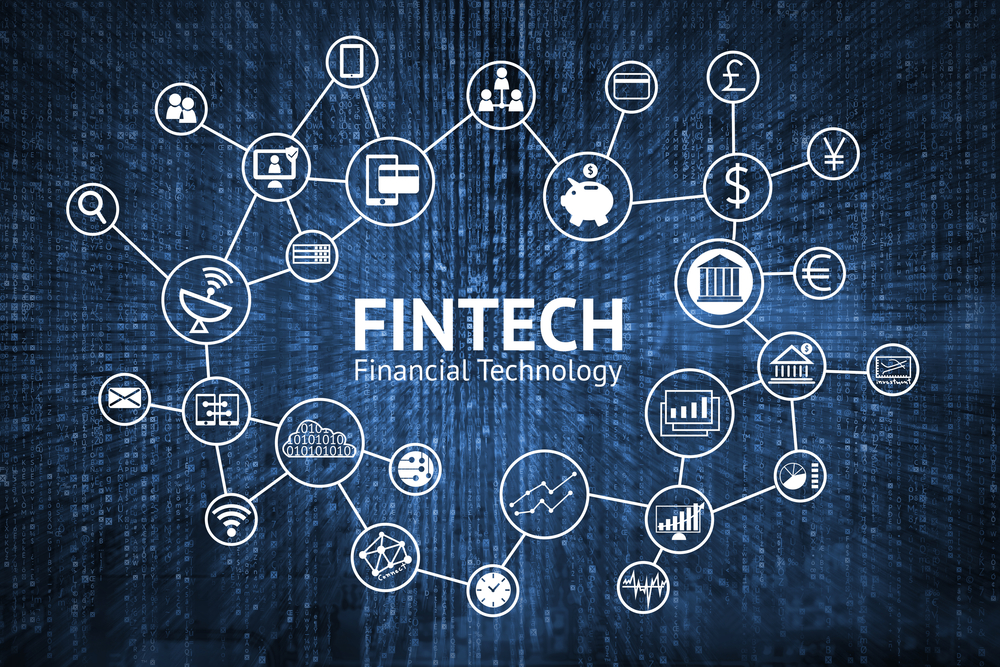Challenger Banks Feeling the Pressure of Fraud
- In the UK, "Challenger Banks" are becoming popular
- Inflation was once the primary threat to Challenger Banks
- Fraudsters are turning their attention to potentially unprepared Challenger Banks
Challenger banks -- small, recently created retail banks that compete directly with the longer-established banks in the UK, sometimes by specializing in areas underserved by the "big four" banks (Barclays, HSBC, Lloyds Banking Group, and NatWest Group) -- distinguish themselves from the historic banks by featuring modern financial technology practices, such as online-only operations, that avoid the costs and complexities of traditional banking.

Challenger banks align with what are known as "neobanks" in the USA. As Forbes.com notes:
Neobanks, sometimes referred to as “challenger banks,” are fintech firms that offer apps, software and other technologies to streamline mobile and online banking. These fintechs generally specialize in particular financial products, like checking and savings accounts. They also tend to be more nimble and transparent than their megabank counterparts, even though many of them partner with such institutions to insure their financial products.
In the U.S., these fintechs are more commonly referred to as neobanks. The term “challenger bank” was first popularized in the U.K. to refer to a number of fintech banking startups that emerged in the wake of the 2007-2009 financial crisis.
While challenger banks and neobanks differ from traditional banks, they are not immune to the challenges of fraud -- whether in the UK or the USA.
Fraud Does Not Differentiate
An article from Raconteur reports that fraud is a constant "dark cloud" with which to contend.
But there are now growing concerns about how well some of these dynamic newcomers are managing financial crime fraud and anti-money laundering (AML). The Financial Conduct Authority (FCA) undertook a review last year, which was published in April this year, and identified a noticeable increase in suspicious activity reports. The regulator is particularly concerned about the adequacy of checks carried out by challenger banks when onboarding new customers.
It highlights that in some instances, these banks failed to adequately check their customers’ income and occupation. The FCA also felt that some banks had under-developed or even non-existent customer risk-assessment frameworks and that there was insufficient detail here.
The article notes that lack of experience may be the cause of some of the issues. Traditional banks have the advantage and resources when dealing with fraud -- which leads to an interesting question proposed by Raconteur:
Can challenger banks continue to acquire customers at such a rapid rate and then offer them a frictionless customer experience, while at the same time managing growing threats from fraudsters and cybercriminals?

However, long-standing banks are not without their issues, as they are struggling with their legacy IT systems -- a problem seen in both the US and the UK.
Technology Continues to Play a Major Role
Make no mistake - challenger banks/neobanks do have their advantages, as they are not "stuck" with out-of-date legacy systems to handle the onslaught of fraud.
Challenger banks can take some comfort from the fact that the FCA’s report is not entirely damning. It has found that: “Some challenger banks [are] mitigating fraud risk by incorporating additional monitoring for known fraud typologies at onboarding and as part of account monitoring. This included credit industry fraud avoidance system (CIFAS) checking, as well as checks on customers using multiple devices to manage their accounts.”

What we are seeing on both fronts -- challenger/neobank and traditional banks -- is a trend of moving towards the latest innovative technologies like AI and machine learning -- particularly when it comes to check deposit and on-us fraud. Both bank types are integrating behavioral monitoring/predictive transactional analytics systems, which have evolved to the point where they can spot anomalous transactions within accounts, with challenger banks/neobanks onboarding this technology and traditional banks upgrading or replacing older legacy systems.
Banks are not stopping there. Both parties understand that these systems are not able to detect a majority of altered checks -- the fastest-rising type of check fraud, according to OrboGraph's Check Fraud Roundtable. That's why these banks are turning to image forensic AI -- which interrogates the images of checks for counterfeits, forgeries, and alterations. This technology leverages key analyzers such as Check Stock Validation (CSV-AI), Automated Signature Verification (ASV-AI), and Alteration Analysis to enhance fraud detection capabilities -- protecting banks and their customers from losses.
And, as noted in a recent article from our OrboNation Check blog, AI and machine learning technology for check processing and check fraud detection are adaptable to any country.